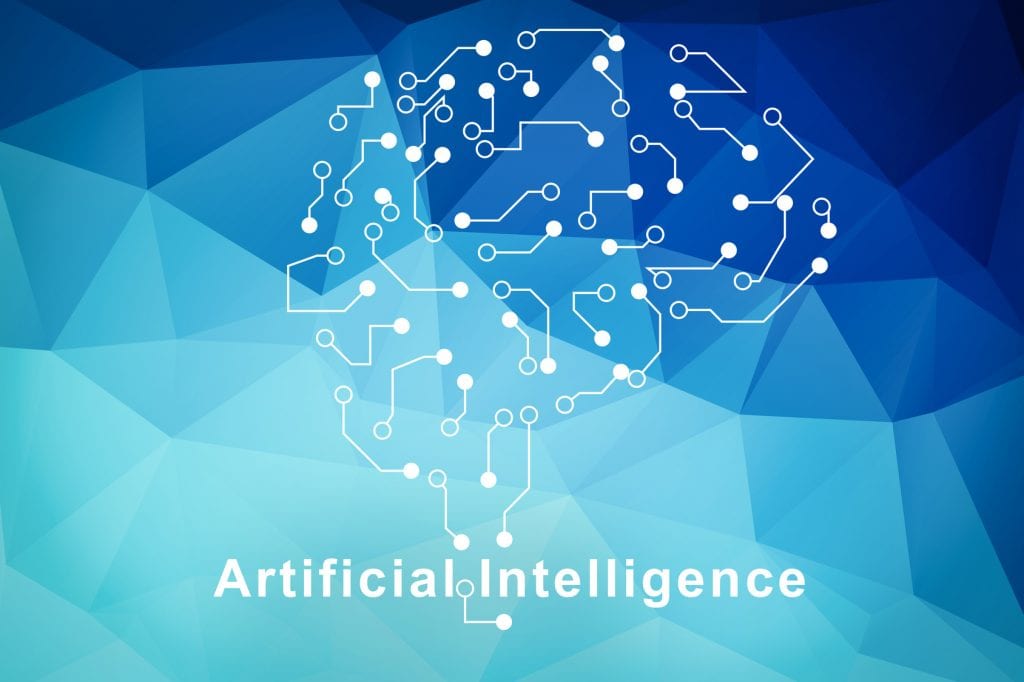As many who follow the financial services industry will recall, during and after the financial crisis of 2008-2009, a number of events and structural changes occurred. One of those changes involved former investment banks being either acquired (i.e.; Merrill Lynch, Bear Stearns) or converting to a financial holding companies (FHC), which allowed for easier capital access but also subjected them to closer regulatory scrutiny. One of the FHC conversions (through the Gramm-Leach-Bliley Act of 1999, essentially the reversal of 1933 Glass-Steagall Act) was Goldman Sachs. This piece, appearing in Tech Republic, uses the Goldman Sachs digital banking platform Marcus as a proxy to make a point about the changing consumer banking landscape. The platform will soon be rolling out in the U.K.
‘Goldman Sachs launched Marcus in the US in 2016, and has since collected more than $20 billion in deposits, Reuters reported. The bank will now offer an online savings account to British customers as well, in an effort to grow its consumer business.’
To date Marcus has had a limited product rollout, essentially providing savings accounts and personal loans, while more recently, adding some wealth management and retirement services. Whether or not that expands into the broader realm of retail banking (e.g.; cards, home mortgages, etc) remains to be seen but is expected at some point. The author mentions how the consumer banking digital transformation focus has been around providing better mobile and online banking interfaces, but that taking it to the next level requires greater emphasis on knowing what customers need, using AI to analyze behavior and options.
As many customers shift to mobile banking, physical branches are being outfitted with more and more technology, ranging from high-powered touch screen kiosks to personal bankers walking around with tablets. For example, a number of lenders across the world including HSBC and Barclays are now using Adobe machine learning and artificial intelligence (AI) platform Sensei to better blend the experiences of banking online and in a branch, offering customers more personalized services.’
This extends into physical branches as traditional banks attempt to further adapt their ATM and ‘walking around’ environment to a modern experience involving kiosks and branch advisors with tablets. We’ll see how it evolves in the U.K. and what Goldman Sachs does as they expand.
Overview by Steve Murphy, Director, Commercial and Enterprise Payments Advisory Service at Mercator Advisory Group
